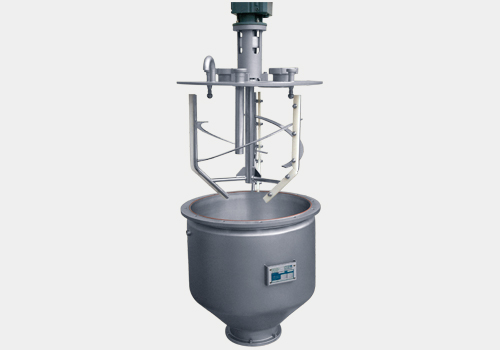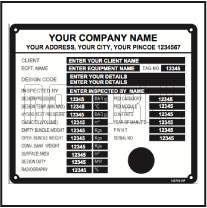

One bearing is installed at the top and one at bottom. This normally used for shafts rotating at higher speeds, with Marine Propeller, Axial flow turbine, Turbo Propeller, Disc Blade turbine, Flat Blade turbine, Backward Blade turbine Impellers. For agitators having short length, there can be no bearing housing.ĭouble Bearing Housing: A housing in which 2 ball bearings are installed, called double bearing housing, is prefered as it reduces deflection of shaft. Number of Bearings on Shaft: There can be bearing housings with 2 or 1 bearings. These are expensive and difficult to mentain. These are used in case of vessels having high vacuum inside or if vapours are corrosive. These provide better sealing along the agitator shaft. In Double mechanical seal unit, one mechanical seal is at top and one at bottom. It can have one mechanical seal (Single mechanical seal unit) or two mechanical seals (Double mechanical seal unit). Mechanical seal assembly is readily avaible as one unit. Mechanical Seal: It is similar to stuffing box, but in this mechanical seals are provided in place of packing rings. It fits diectly on top of closed vessel inside the stool. Cooling water flows in outer shell, which keeps the packing rings and lantern ring cool. The top rings are pressed from top by a ring. Packing rings act as sealant while latern ring provides lubrication to shaft. 3 or 4 packing rings are installed in this gap at bottom, followed by latern ring on top and 3 or 4 packing rings on top. The diameter of inner shell is larger than diameter of shaft. This does not allow vapours to leak out of vessel, along the rotating shaft. Type of Seal: Stuffing Box or Mechanical Seal: A seaing arrangement is provided in a closed vessel, along agitator shaft at the top. It is a non rotating bearing, made of a sleeve of softer metal or plastic material. To avoid this a bottom bearing is provided. The lateral movement of impeller at the bottom of the shaft, tries to bend the shaft, if shaft is long (more than 3 meters). Overhang of shaft and lower fixed bearing: The shaft is supported at the top end by bearing housing assembly. Power required for agitation: It depends on diameter of impeller, revolutions of agitator shaft, power number of impeller, number of impellers, density, content of solids and viscocity of liquid. Baffles and coil reduce effective diameter of the vessel. Coils are provided in some vessels, for heating or cooling. For last 4 (radial flow), no baffles are provided. It is generally 80% of the diameter of the tank forīaffles / Coils: Generally 4 baffles are provided in a vertical cylindical vessel for good mixing in case of first 6 (axial flow) impellers. It is generally 1/3rd the diameter of the tank for All other impellers are of fabricated construction and can be either Bolted or Welded type.ĭiameter of Agitator: It depends on diameter of tank. Impellers may be one piece or split into two or many pieces, bolted together. Hub is installed on the shaft by shaft key and grub screw. Main parts of impeller are hub and blades. Marine Propeller, Axial Flow Turbine, Turbo Propeller, Disc Blade turbine, Flat Blade Turbine, Backward turned turbine, Paddle, Anchor, Anchor/Paddle or Gate. Impellers: There can be following simple Impellers. However, it is also instaaled in vertical rectangular tank, in water and waste water treatment tanks. Shape and size of tank: Vertical cylindrical vessel is the best type for installing an agitator. It is located off-center if some part of vessel is occupied by internal coil or some other internal. Location of agitator in the equipment: Generally it is centrally located for better flow pattern. When both patterns of circulation are required, radual flow impeller is installed at the bottom of agitator shaft, while radial flow impeller is installed at the center of agitator shaft. When the contents are to be mixed, radial circulation is prefered. When a vessel is heated or cooled by coil or jacket, axial flow is prefered.

It is also mounted horizontally from side of a tank, called side entering agitator, for very large diameter storage tanks. This is the normal practice for mounting an agitator in small and medium size tanks. Type of Agitator: Generally it is mounted vertically at the top of the tank. Degree of agitation increases with increase in number of revolutions of agitator and increase in impeller diameter. For Mild mixing, time required for total mixing can be few hours. For Moderate mixing, time required for total mixing can be few minutes. For Vigourous mixing, time required for total mixing can be few seconds. Type of Agitation: Agitation can be Vigourous, Moderate or Mild.

Satish of Agitators / Mixers for Vessels with Drawingįor Agitators / Mixers, factors to be considered for design are


 0 kommentar(er)
0 kommentar(er)
